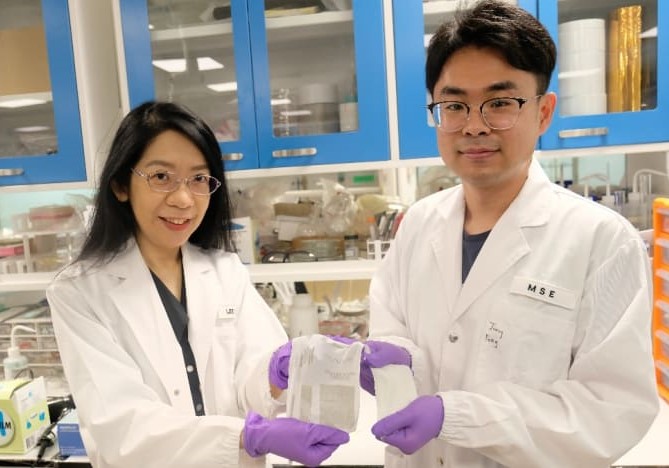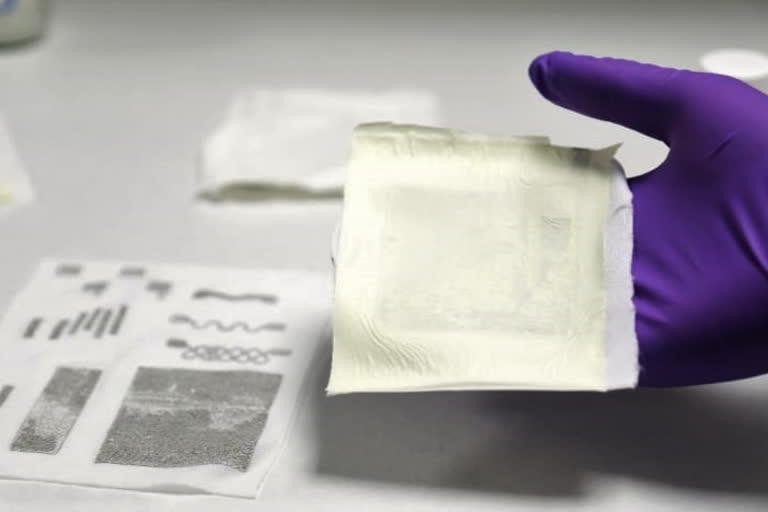Wouldn’t it be great to generate enough electricity from your body to charge your phone? Imagine if your outfit provided the power needed to light an LED bulb in your home! Although currently in the experimental stages, these ideas are likely to materialize soon. Scientists have recently developed a special fabric that could convert body movements into electrical energy.
Experiments have been going on for years to manufacture smart clothing that can generate electricity from body movements. Some researchers have even developed woven fabrics that can power small electronics through everyday movements. However, the biggest disadvantage with them is that their capacity diminishes after a wash. In order to overcome this challenge, researchers at Nanyang Technological University (NTU) in Singapore have designed efficient electricity-generating clothing.

A flexible electrode was made using styrene-ethylene-butylene-styrene (SEBS) along with silver nanowires using the screen-printing method. The fabric was made of polyvinylidene fluoride-co-hexafluoropropylene (PVDF-HPFF), paired with lead-free perovskites. Power generation capacity is greatly improved with PVDF-HPF.
Also read: New low-cost coating for fabrics can kill COVID virus: Study
This fabric generates electricity from the vibrations caused by body movements. Electricity is generated when the garment is pressed (piezoelectricity), or when the fabric is rubbed (triboelectric effect) with other materials such as leather or rubber gloves. At present, researchers have been able to generate an average of 2.34 watts of electricity per square meter of fabric. This is sufficient to power LED bulbs and commercial capacitors. This fabric has no adverse effect on body movements.
This fabric can be used to make smart clothes in the future. The power generated from the fabric can be used to charge cell phones and wearable devices such as smartwatches. As a result, we can avoid overreliance on conventional power sources. The fabric can be incorporated into wearable devices and everyday clothing.
Since it is a waterproof fabric, washing does not affect its functioning. As it is composed of fiber material, it is flexible and durable. Clothes made of smart fabric can be washed, dried and folded as usual. They can retain their energy-generating capacity for 5 months even after wear and tear.



